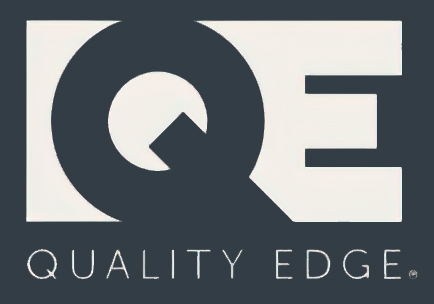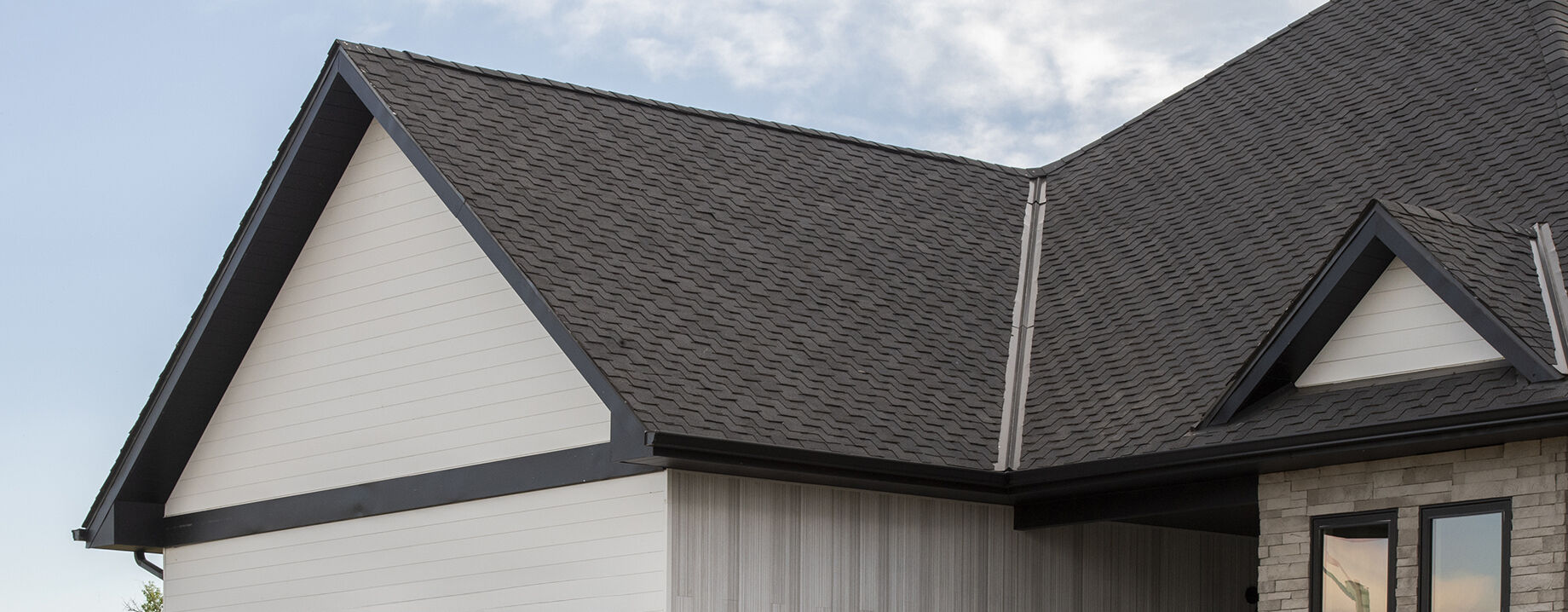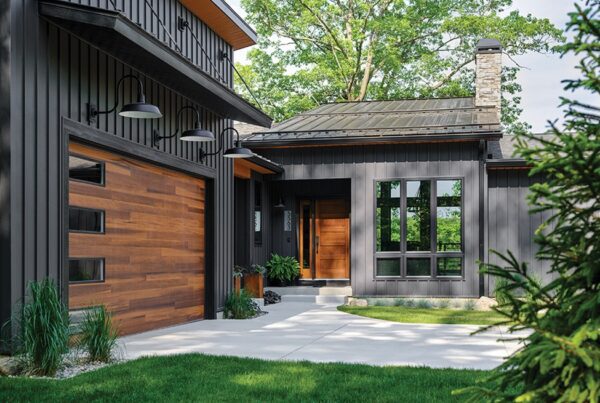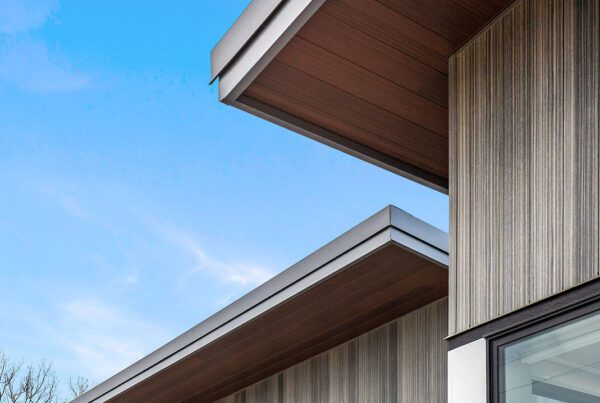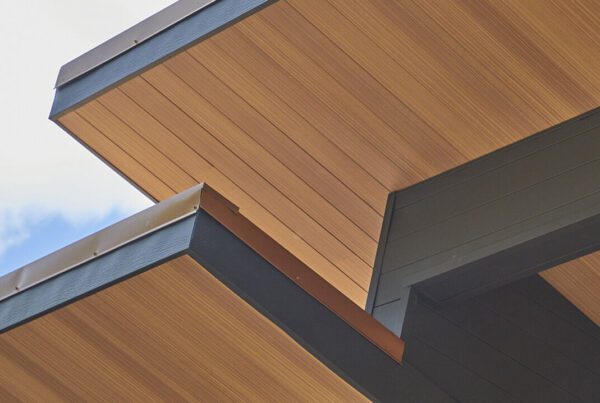When it comes to roofing installations, ensuring efficient water drainage and debris removal is crucial for maintaining the structural integrity of a home. One innovative solution that offers both performance and design advantages is the w-valley. In this blog post, we will explore what a w-valley is, why it is a superior option for redirecting water and debris, the implications of bending shingles on warranty coverage, and how w-valley contributes to a refined aesthetic design for roofs.
Understanding the W-Valley
A roof valley is a drainage channel along the joint where two roof slopes meet. A w-valley is a metal flashing in a w-shaped pattern that lays in the valley and flashes one of the most vulnerable areas on a roof. The w-valley metal flashing moves water and debris toward the gutter and away from the roof.
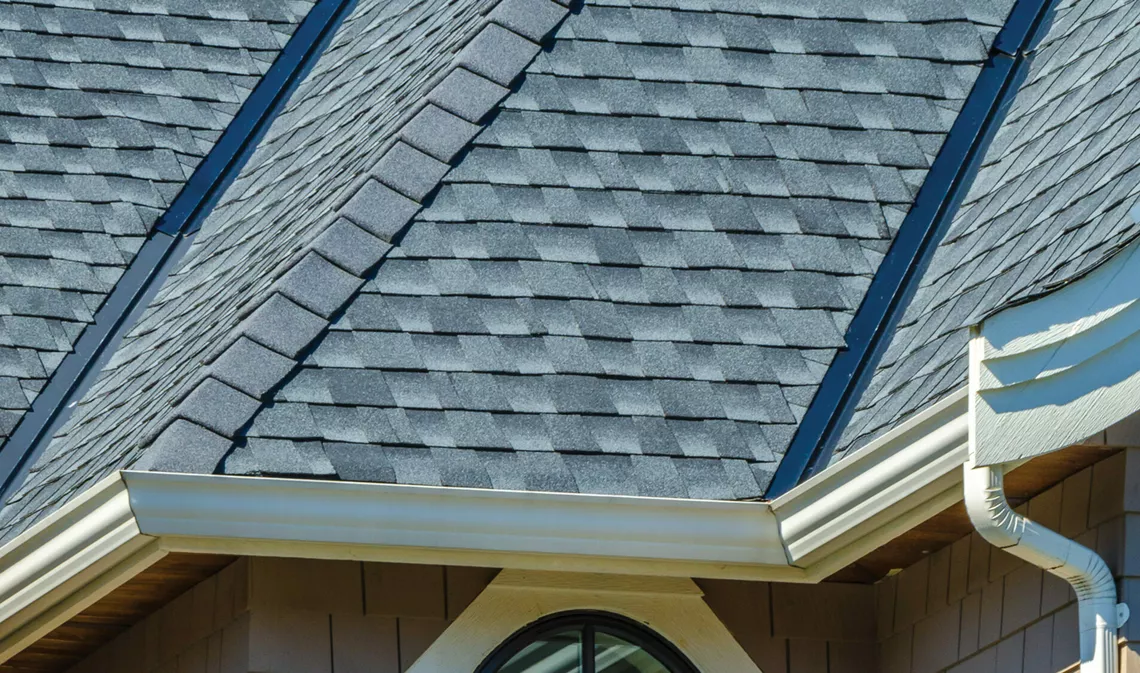
Enhanced Water and Debris Diversion
One of the primary advantages of using a w-valley is its superior ability to move water and debris off the roof effectively. In many regions, in the spring and fall, debris from trees finds its way onto the roof and without a w-valley they get snagged in the shingles and stay there, causing potential damage and water-log on the roof. The w-shaped pattern—like the Quality Edge W-Valley—facilitates smooth water flow, preventing water from pooling and reducing the risk of leaks and water damage. Additionally, the angled design of the valley prevents debris accumulation, reducing the chances of clogged gutters and subsequent water overflow.
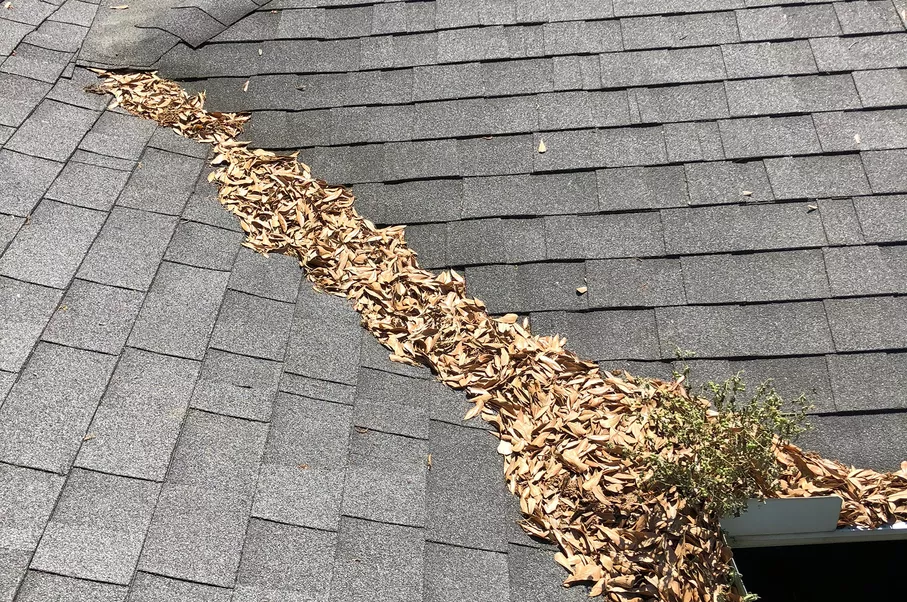
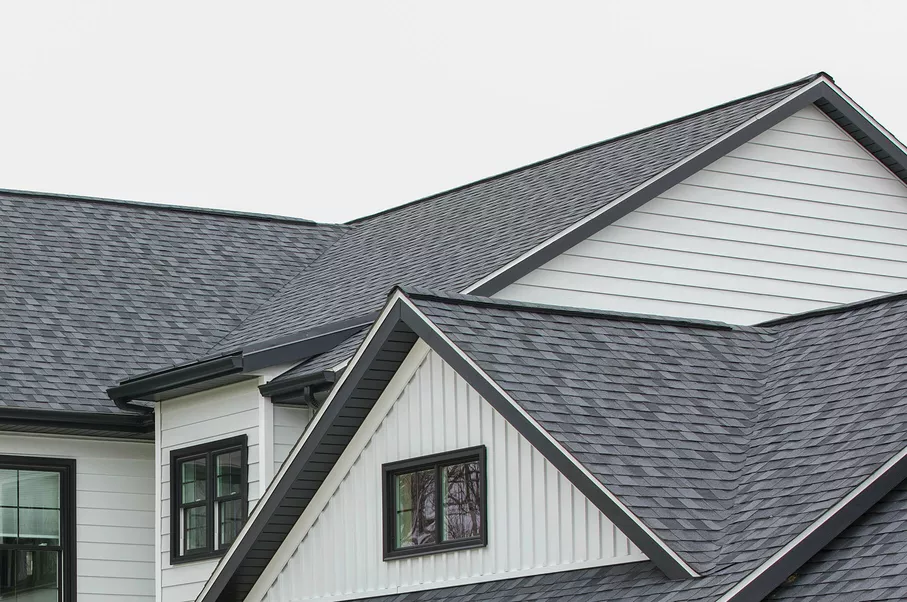
Shingle Warranty Implications
Bending shingles in a roofing installation can have significant implications, particularly when it comes to warranty coverage. Most shingle manufacturers specify installation guidelines that explicitly prohibit bending or modifying shingles. Bending shingles in a valley can compromise their structural integrity, reducing their lifespan and increasing the risk of leaks. As a result, any damage caused by bending shingles may void the manufacturer’s warranty, leaving homeowners responsible for repair or replacement costs. For a minimal upgrade to include w-valley, consumers can protect their roof warranty and investment.
Aesthetic Appeal and Refined Design
Apart from its functional benefits, the w-valley also offers an aesthetically pleasing design element. The w-shape creates a clean and refined look for the roof, enhancing its overall appearance. This design choice adds a touch of sophistication and architectural interest to the structure while maintaining the practical purpose of water diversion. Quality Edge W-Valley comes in multiple colors to complement or contrast the shingles, offering the homeowner a concealed option or accent with trim.
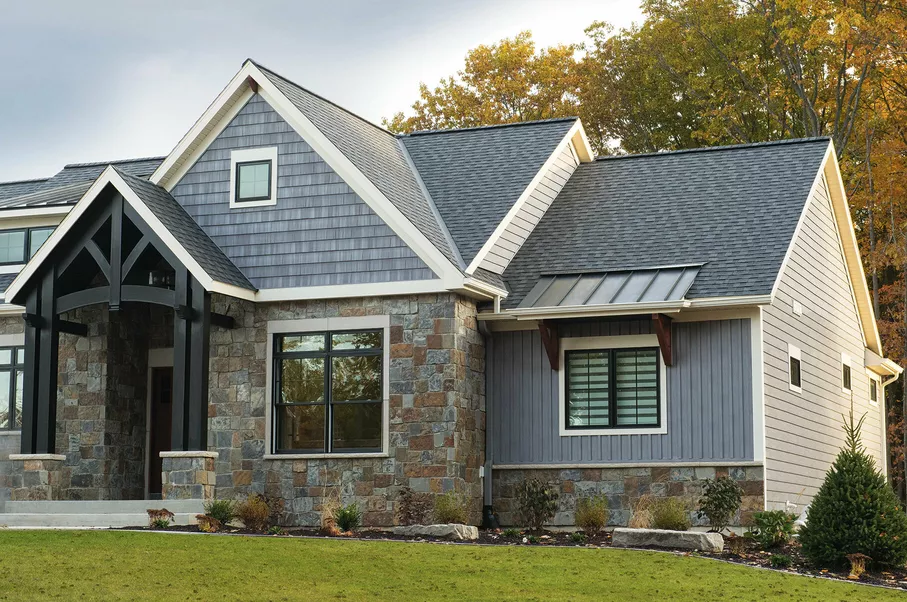
Combining Performance and Design
The w-valley technique exemplifies the perfect blend of performance and design. It ensures efficient water drainage, reduces the risk of leaks and water damage, and prevents debris accumulation. Simultaneously, the clean lines and refined aesthetic contribute to the overall visual appeal of the roof, enhancing the building’s curb appeal and value.
When it comes to roofing installations, it is essential to consider both functionality and design. The w-valley technique not only provides superior performance by efficiently moving water and debris off the roof but also offers a refined aesthetic element to dress up the roof. By adhering to manufacturer guidelines and avoiding the bending of shingles, homeowners can ensure the longevity of their roof and maintain warranty coverage. So, if you’re considering a roofing installation or upgrade, consider the Quality Edge W-Valley for its combination of practicality and visual appeal.
